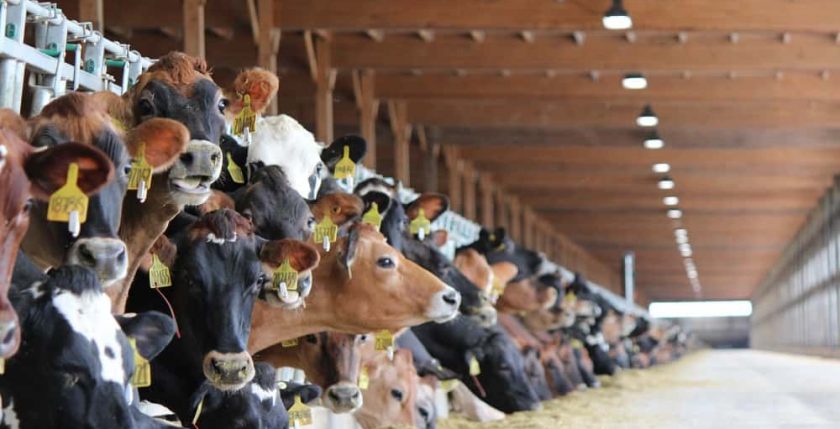Over the past five years, breed influence in the U.S. dairy cattle industry has evolved. The genetic influence of the Jersey breed has grown, and the Jersey generation is here.
Along with this evolution has come an increased recognition and appreciation of the F1 HoJo cow (defined as a Jersey x Holstein cross or Holstein x Jersey cross). This cow is a favorite among those who have utilized simple crossbreeding or those who have converted from Holsteins to Jerseys. Due to the popularity of the F1 cow, producers have also shown a desire to utilize F1 sires. In fact, looking at the 2018 industry demographics, 99% of U.S. dairy cattle on DHI are coded as Holstein, Jersey or crossbred genetics.¹
In April 2019, the Council on Dairy Cattle Breeding (CDCB) began releasing genomic evaluations for crossbred animals. Simply stated, these evaluations are based on a weighted combination of the purebred populations.
This opened the door to use of mixed breed sires on commercial dairies, as many progressive commercial producers were looking for additional Holstein and Jersey genetic lines. To meet this need, GENEX is pleased to offer a Mixed Breed product line.

Genetic evaluations on the Mixed Breed sires can be found on the online GENEX e-catalog and the GENEX Dairy Bull Search app. It is important to note the Mixed Breed genetic evaluations are calculated on the CDCB Jersey genetic base.
Why Mixed Breed Sires?
The economic advantage of the F1 cow is generally well accepted and is driving demand for F1 cows and, subsequently, Mixed Breed service sires.
Milk processors are demanding high component milk, and this is driving the desire for Mixed Breed sires. Increasing total component yield is critical to maintain profitable milk pricing, especially in down milk markets.
Holstein producers can achieve the benefits of Jersey genetics (feed efficiency, components, etc.) without the intense management involved in a crossbreeding scheme. Additionally, a “larger than Jersey” frame size can be realized, so cows can continue to work in existing facilities without updating stall or parlor size.
There’s been a shift in some Jersey herds, as they go back to utilizing some Holstein genetics for more milk. In particular, these herds are looking to improve the specific traits Holsteins excel in and the Jersey breed is less stellar in, such as Somatic Cell Score.
The body size and components of this new Mixed Breed genetic line fit many demands of today’s graziers, namely the smaller body size that in turn helps with feed efficiency. Additionally, the GENEX Mixed Breed lineup should yield more A2A2 sires.
References:
- Guinan, Fiona. “Changes in the Breed Composition of U.S. Dairy Herds.” CDCB Connection. January 2020.


